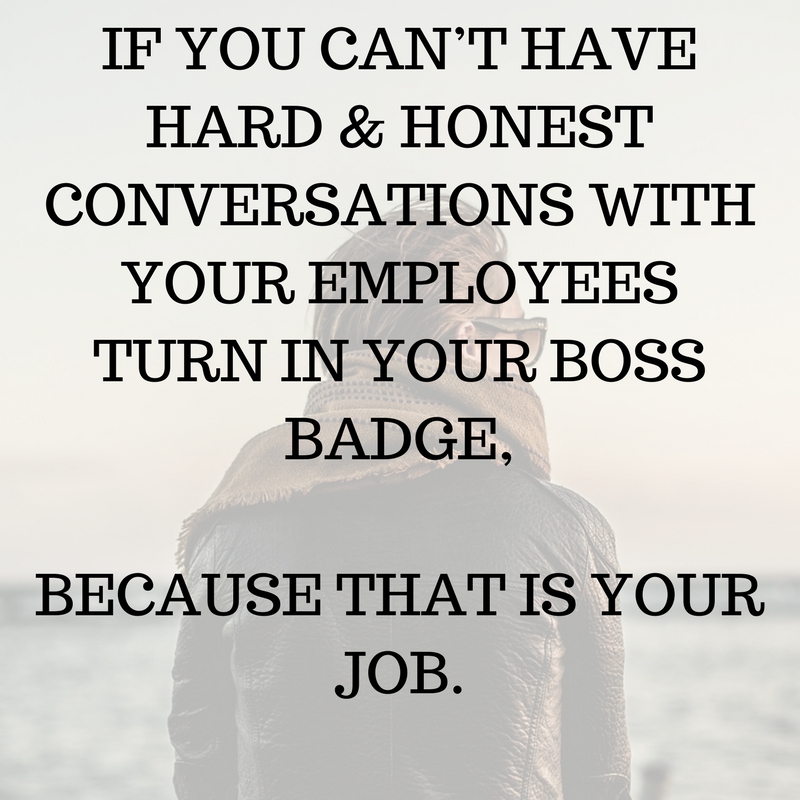4 Tactics You Can Use To Lead People Who Know More than You Do
As a manager, the chances are that at one time you were an expert.
But as your career advanced, you were promoted to a job outside of your specialty. Your subordinates started asking questions that you couldn’t answer or even understood. How can you lead them when they know a lot more about their work than you do?
Welcome to reality.
Read about surviving as a leader
You are now the leader without expertise—and this is where you, possibly for the first time in your career, find yourself failing. You feel frustrated, tired and disoriented, even angry. What can you do?
First, resist your natural inclination to dive into the details so they can be an expert again.
What should you do instead? To succeed in this situation, you must learn and practice a generalist leadership style. Based on my work with leaders who have successfully made the transition, here are the four key skills to develop and practice:
1) Focus on relationships, not facts – The specialist focuses on facts and the generalist leader focuses on relationships. The specialist tells their staff the answer; the generalist brings them together find the answer.
How? The best tip for building relationships is to spend a lot of time, face to face, getting to know people as individuals. Constantly adapt your approach to the individual and the situation, and that means knowing people very, very well.
Read about how to listen to your people
2) Enabling things to happen, don’t do the work – As the expert, you make decisions based on your unique knowledge. As a generalist leader, you do not do the work directly, but you enable things to happen by knowing when to leave things alone and when to intervene. This isn’t easy because you have a broad array of responsibilities and you need to be able to tell where trouble lurks:
How?
- Sit in on meetings between a direct report and his subordinates. If the conversation is two-way, that’s a good sign. If the manager does all the talking and the subordinates are passive, it may be a sign you need to decide if the conversation is healthy.
- Get feedback from your network to see if your teams are delivering. If the feedback is negative, but the team leader insists everything is on track, there is a problem.
3) Practice seeing the bigger picture, not mastering the details – As a generalist, your value comes from being able to see the big picture better than others. The specialist lives heads-down, plotting a detailed course on a map, while the generalist leader is heads-up, looking around and noticing the reefs, icebergs and hazards on the horizon.
How? Start by focusing how a problem is affecting the people two levels below you and two levels above you. This tactic challenges you to think deeply, and develop a perspective that will make a real difference to the organization.
Surviving your first 90 days as a new boss
4) Rely on “executive presence” to project confidence, not on having all the answers – It may be easier for the expert to project confidence as the facts and the facts speak for themselves. Where does the confidence come from as a generalist – you must draw on “executive presence” to inspire confidence in others.
How? Pay attention to how other leaders walk into a meeting, notice how they dress, how they speak, how they stand—these are not personality traits, they are skills. Watch some videos of world leaders and notice the relaxed body stance, the calmness in their voice, how their sentences are crisp and to the point — that’s the path to executive presence.
Finally
Ease the transition to generalist leadership by realizing that you no longer can, or should, be the expert.
Your role as a leader is to bring out the best in others, even when they know more than you.
The tactics described above have helped me make the transition, and they can work for you too.
Download your guide to the 7 Simple Shifts to Being A Better Boss







